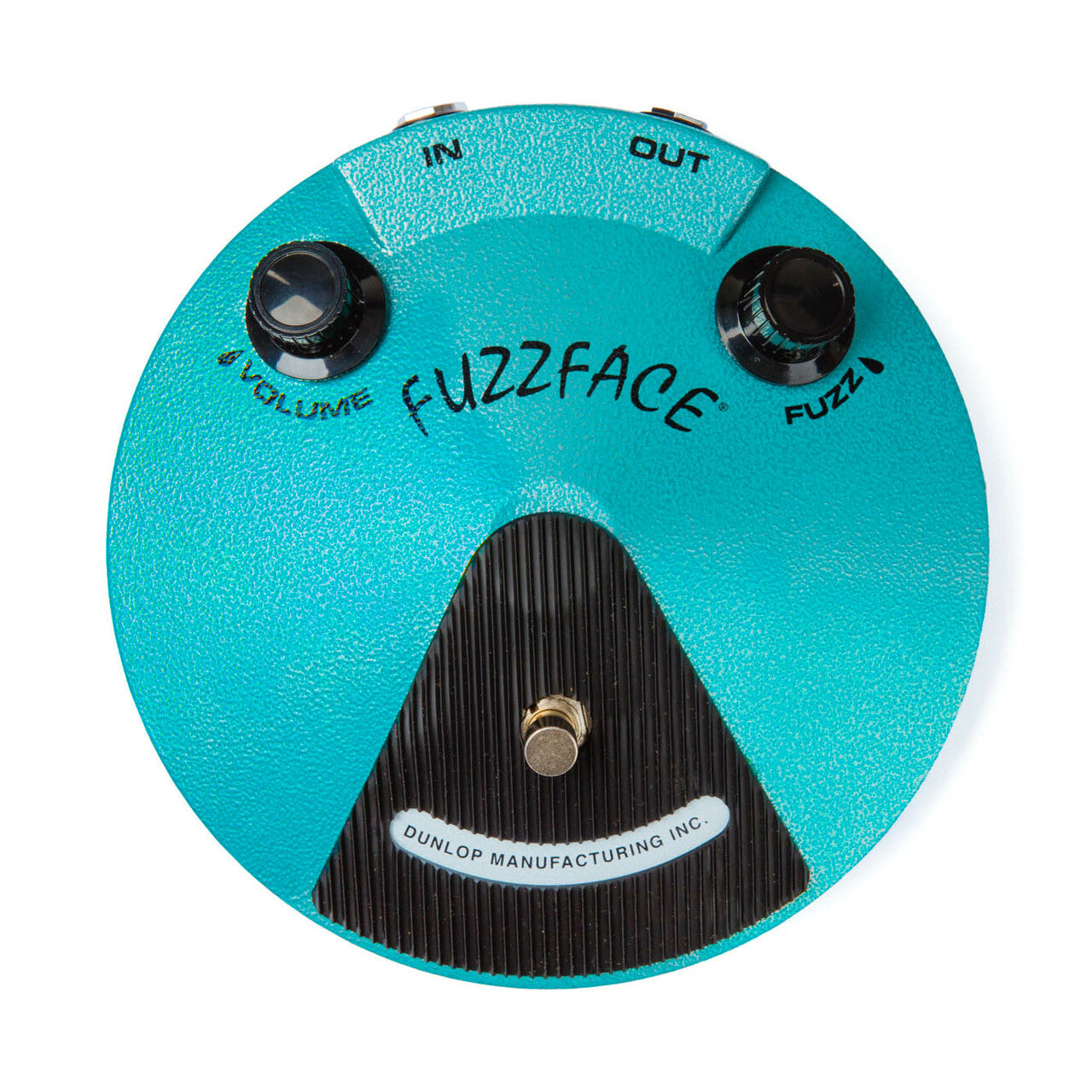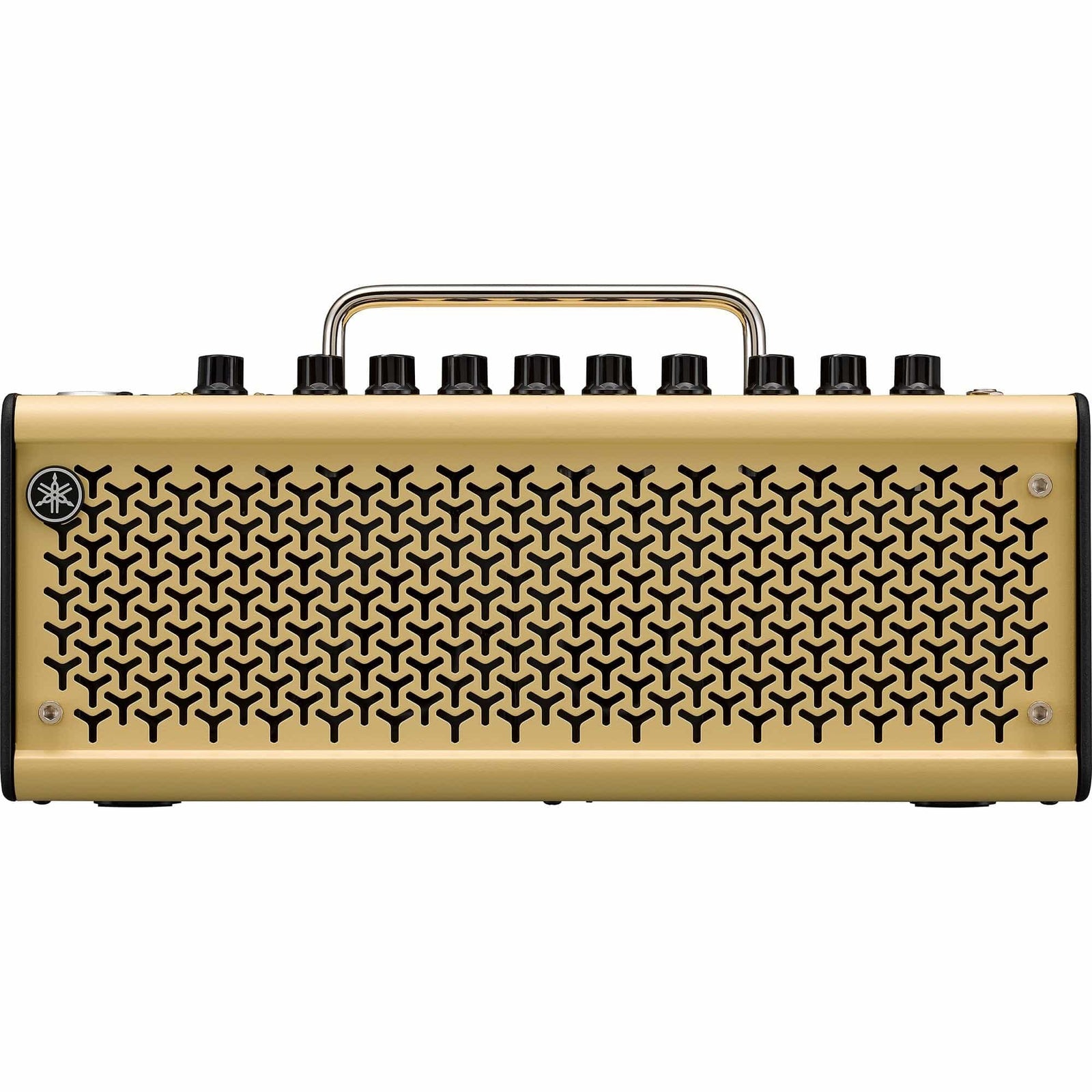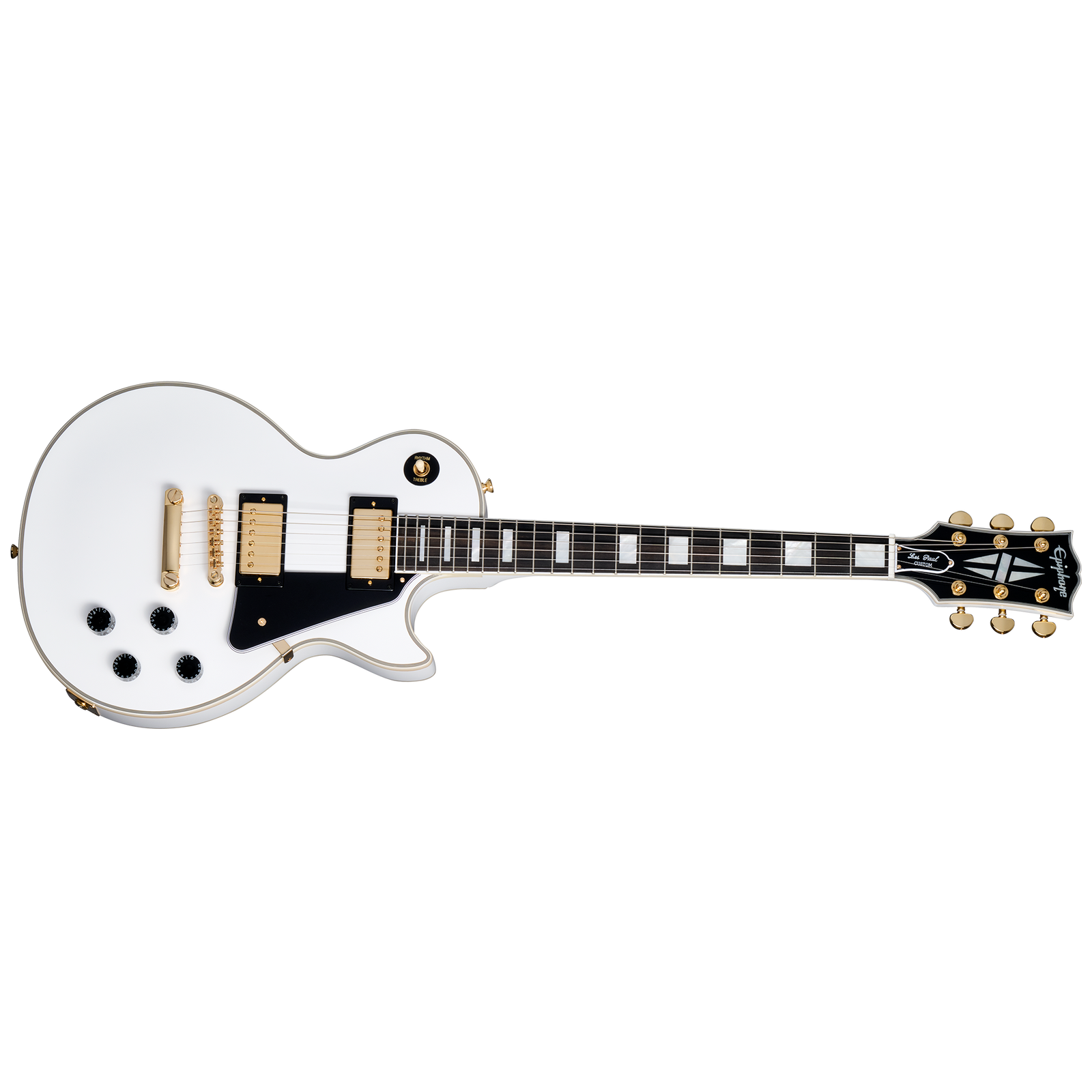From soul to heavy metal, there’s one serendipitous discovery in an amp feature that defined the tone of many genres, bands, and songs. It had to do with how the old tube amps worked, the limits they had, and the structure of a regular guitar sound wave.
Amps and pickups are always developed to provide a guitar sound that’s in its core value similar to an acoustic, analog guitar. However, the electronic equipment offers new features that were utilized to alter the guitar sounds the way artists liked.
One group of these alterations, or effects, came to life kind of by accident and due to the infrastructure of an amp. The group includes the overdrive, the distortion, and the fuzz effect.
How do These Effects Work?
In the beginning, when volume in an amp was added to the max, the tubes’ ability to process the signal changed so that there was more saturation and background noise, while the highest amplitudes couldn’t be processed normally, and were instead cut from the mix.
This sounded satisfying to some artists and was urging engineers and working themselves on enhancing and exploring the feature.
They soon found out that, theoretically, the base for the effect is clipping the max amplitudes in a sound wave off and enhancing the signal in the range center to guitars (a part of the mid-range frequencies). To put it differently, in its extreme form, this made the sound signal more linear and robust.
Amps and pedals were created to produce the effect either by mimicking it (through chips) or by utilizing the innate abilities of the hardware (tubes and transistors) without the need to max out the volume.
In amps, this has been done by adding another volume control, usually called the master, along with the regular volume control. Over time, other setups came out, and the original volume dial (aside from the master) got new names, like gain or drive. If you drive the signal more, you overdrive it, and thus the overdrive effect was made.
Pedals also developed over the years, with different tubes and chipsets that differently processed signals giving different nuances to the tone or the character. Over time, the technology developed to meet the needs of players around the world, producing three distinct effects, though there are instances in which they overlap.
Overdrive

Overdrive covers the milder and more vanilla effects in the palette, based around the original over signaled sound that came out in old amps maxed by volume. While the highest amplitudes are gently clipped from the top to the bottom, the mid-range is slight to moderately saturated, giving the crinkle and buzz to the tone.
This was a favorite among blues guitarists, and it was popularized by blues channels for the most part. While the first and original overdrive pedals are hard to come by at this point, many reiterations and replicas were made to create the original blues sound of the old Blues gods. Recently, Ibanez Tube Screamer variants are popular among blues and rock players, or Boss Blues Driver and the like.
Various chipsets with different features process the sound in different ways. Some are made to produce a dryer crisp while others keep the tone on the mellow, more melodic side. The background crinkle characteristic for old tube amps is now optional and often artificially made in chipset amps and pedals, to honor those that like a little buzz while playing.
Keep Driving the Overdrive – Distortion

We already mentioned Ibanez Tube Screamer is an overdrive pedal, and some can argue it’s distortion. They wouldn’t be wrong. There is little difference in principle between distortion and overdrive from a technical standpoint. Just like some electromagnetic wave frequencies are characterized as radio waves and others like microwaves, the difference in overdrive and distortion boils down to how we perceive the tones.
You could say that distortion is an overdrive with more intensity, adding more grit, saturation, and sustain to the tone by clipping the high amplitude waves even more. The tone sounds more robust and square-like, giving an impression of a more aggressive tone.
While hard rock and metal are obvious domains for distortion pedals, you can hear distortion in some other genres, even soul and its derivatives, pop, and some blues subgenres.
The nature of distortion is such that it gives a couple of new dimensions to the tone, each with its own challenges. While overdrive is somewhat “safe” to dial up to the first three-quarters of a knob, distortion is used more moderately. Different technical setups clip the sound in a different way emphasizing various aspects of the effect (sustain, more robust sound, more hum, tone aggressiveness, clipping by frequency), so the variety in the distortion pedal department is the greatest. ProCo Rat and Big Muff Pi were the go-to pedals for many guitar legends, and even more of them developed their signature distortion pedals over years.
A Different Approach to Clipping – Fuzz
Fuzz takes a different approach in weaving the sound waves in the effect box. While distortion and overdrive gradually clip the sound from the top to the bottom, Fuzz clipping is even more robust in a way that it focuses on the overtones with an option to clip the mid frequencies. Fuzz has the largest variety in how the end-tone sounds and the effect has a different place in a guitar and band setup.
For its richness in overtones and the ability to sound kind of undefined (hence the name it’s famous for), fuzz could be used before the pitch and other tone-altering effects, like wah-wah. Distortion and overdrive being more pitch-control dependent, they often go after pitch effects. The constitution of the tone is applicable in the rhythm section, like rhythm guitars and, even more, in the bass.
Fuzz and funk go like milk and honey, blues depends on it as well, and fuzz has its detours to rock and metal. Bands that go for more synth in their tone often add some fuzz settings to bass and guitar, to mimic the synth sounds.
Written by Marko Jovanovic





